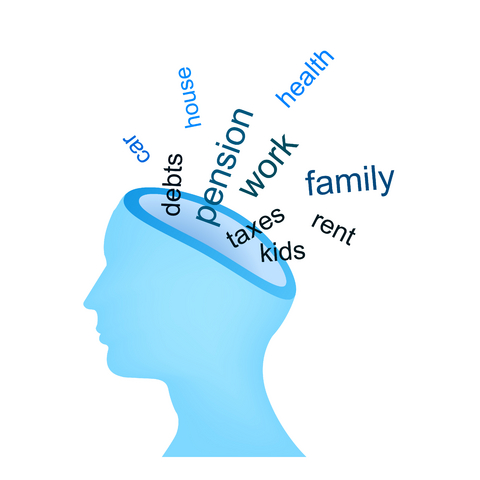The topic of bringing our meditation practice into our workplace, whether as a nurse or as a supermarket cashier, requires of us an understanding of what we mean when we use the word, “meditate.”
For many people, meditation brings up images of monks or solitary souls seated on a cushion, mumbling “om” with incense and candles. Sure, that can be meditation, but more often than not, this isn’t the case. And, in the case of how we bring our meditation practice to the bedside, these images don’t represent what a meditative presence truly embodies when caring for another.
As was discussed in a previous post on this site, Getting Swept Away (from meditation) and Coming Back Again, meditation is really about learning how to remain un-distracted. When we find that we’ve become distracted, and in the case of caring for a patient, when we find that we’ve become distracted from those we care for, we skillfully return our attention to the present. This can be done without our patient even knowing that we’re “doing” anything.
Since meditation is a process of “simply coming to know your own mind,”[1] and remaining in a state of non-distraction, we could say that if we are able to be this way – knowing our mind and remaining undistracted – while caring for our patients, then we are meditating at the bedside. And, since the state of knowing one’s mind and remaining un-distracted are not so much about “doing” as they are about “being,” we could say that when we are attending to our patients from that state of mind, undistracted and aware of our mind, then we’re meditating at the bedside or we’re being meditative.
More important than what we call it is that we learn how to remain undistracted while caring for those whom we serve. More important than saying that we’re “meditating” is that we bring a meditative awareness to our work…and really, to our life in general! More important than me calling myself a meditator, is that I gradually come to know my own mind, and learn how to remain undistracted.
Meditation in the workplace, at the bedside, is about having gained stability through our practice in meditative and contemplative practices so that we don’t have to be “on a cushion.” However, that doesn’t mean that we shouldn’t spend formal time (whether on a cushion or a couch!) practicing. In fact, the only way that I know of to really gain stability in any discipline is to spend formal time practicing. For meditation, that means devoting the time during our busy day to formally practice, away from outer distractions, and really learn how to come to know our mind.
Give it a try. Commit time each day to working with the methods and techniques described within this site or other resources that you’ve found. Take the time to work with your mind. Come to know your mind. Experience what “non-distraction” means (or for me, less distracted!) and see if it positively affects how you are with your patients, family, friends…anyone!
Please feel free to share your comments. Let me and others know how well you’re able to show up in the workplace with a meditative awareness, with an undistracted presence. And, as always, please feel free to contact me if you’d like to see additional content or other discussions on this site.
For more information on how to meditate, exercises in working with the breath, and other nifty stuff, please see the Related Posts below. Also, don’t forget to download the free ebook, Can Meditation Change the Way that You View Your World?, for help with getting started in you meditation practice.
[1] The process of coming to know one’s own mind has been taught on extensively by the Tibetan Lama Sogyal Rinpoche, author of the book, The Tibetan Book of Living and Dying.






[…] meditation – Google Blog Search « Hold My Heart, Music by Tenth Avenue North GET UPDATES FROM Ed and Deb Shapiro – […]
[…] meditation – Google Blog Search « Hold My Heart, Music by Tenth Avenue North GET UPDATES FROM Ed and Deb Shapiro – […]
[…] Meditation in the Workplace…Meditating at the Bedside? Mindful Meditation for the Workplace Meditation on breath How Mindfulness Meditation Can Increase […]